What Are Pseudograins?

Have you heard the term pseudograins? It may sound a bit science-y, but when you break it up, it makes sense: Pseudo=pretend and grains=a family of plants including wheat, rice, and other seeds and cereals. So, pseudograins are pretty self-explanatory, as they are plant foods that resemble grains in appearance, but are not actually grains botanically speaking, as they come from a different plant family. Grains are part of the Poaceae family. Indeed, all grains and psedograins are seeds. Grains are harvested in their whole form, which includes a bran, germ, and endosperm. Because of their resemblance to grains, pseudograins are considered honorary whole grains by the Whole Grains Council, so you may here pseudograins referred to as grains for the sake of consistency and inclusion. There are several pseudograins, including amaranth, buckwheat, quinoa, wild rice, and kaniwa.
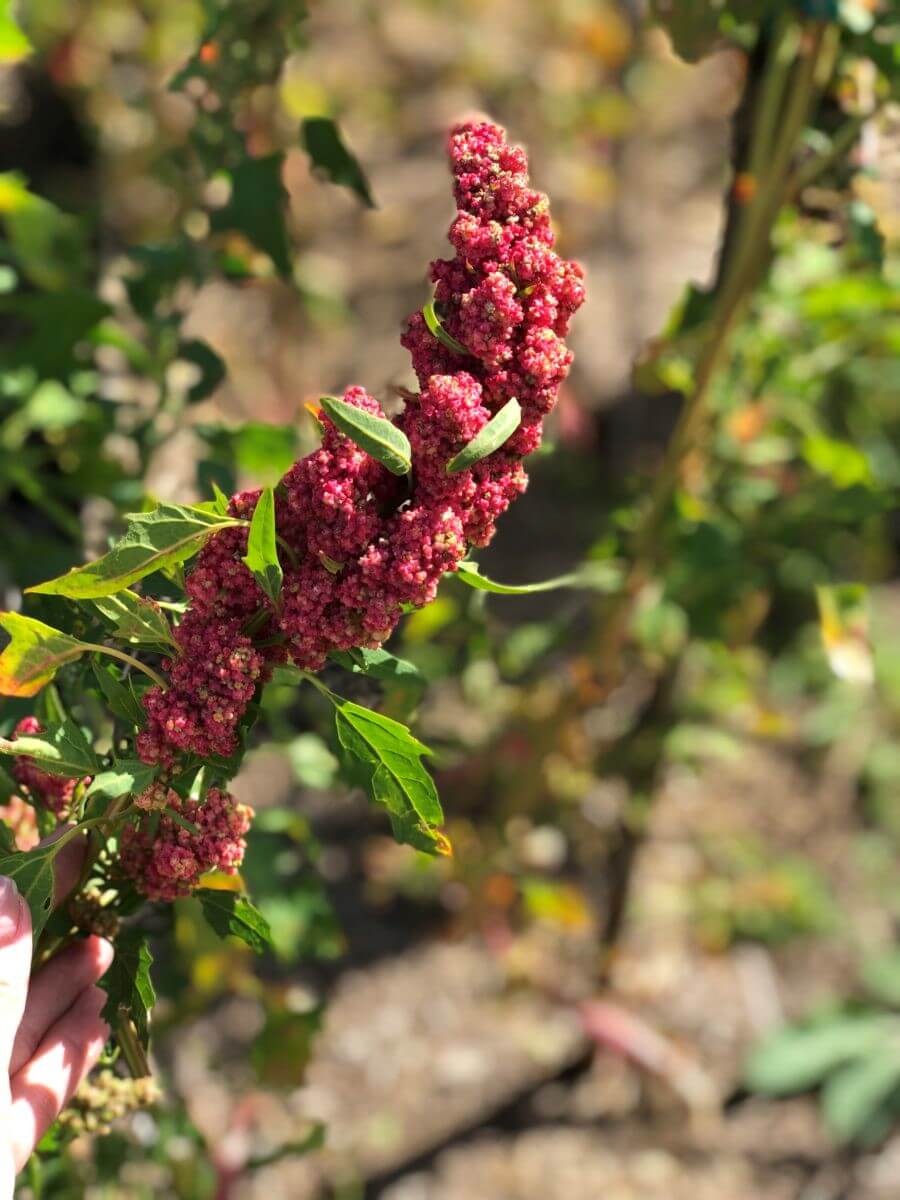
Amaranth, Quinoa, and Kaniwa are part of the Amaranthaceae family, a family of flowering plants, herbs, shrubs, and small trees that contain edible seeds. Amaranth means immortal or unfading in Greek and is named for its flowers that resemble the shape of a flame. Buckwheat is part of the Polygonaceae (Latin for knees) family, and the plant consists of many small flower-like protruding blooms, which mature into edible seeds that are harvested for food. Wild rice is in the grass family and the plant produces edible seeds we call rice, although they are not actually grains.
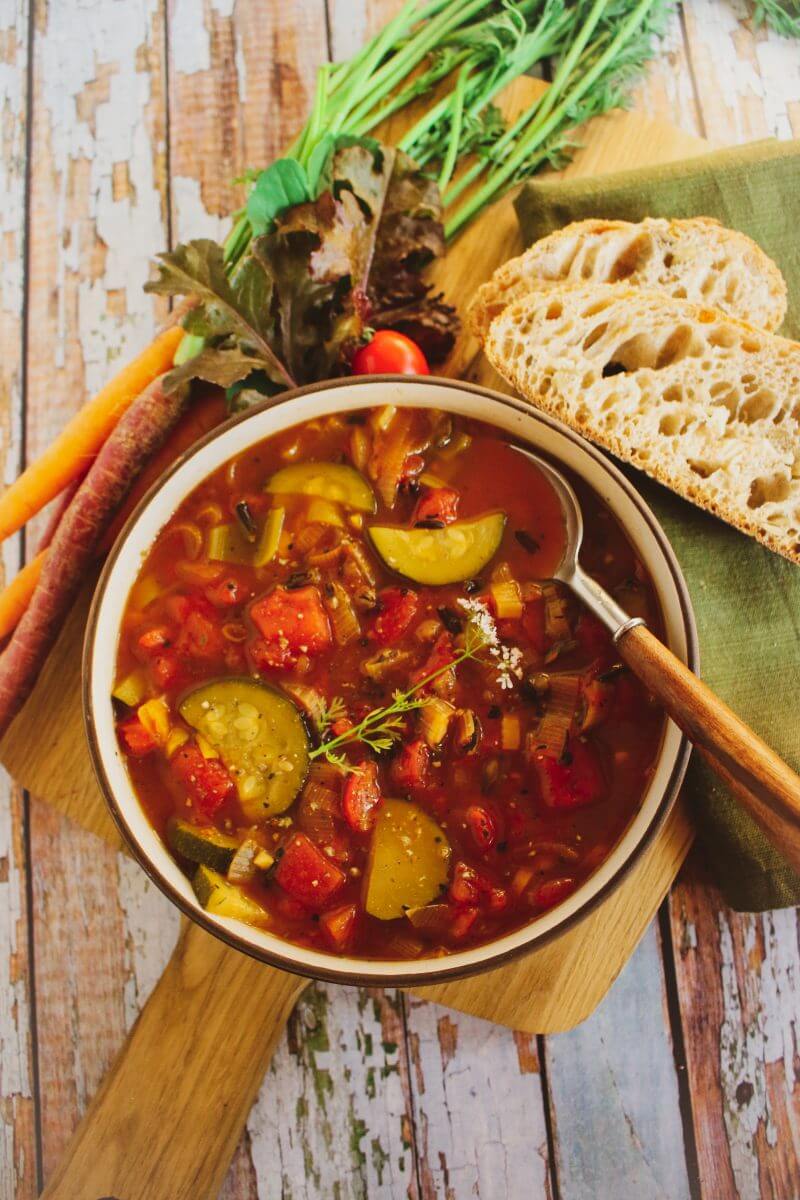
The great thing about pseudograins is that they offer delicious, nutrient-rich options in your diet, and they also happen to be gluten-free—perfect if you must avoid gluten-containing grains out of medical necessity, such as celiac disease or gluten sensitivities. They are also a great source of nutrients, including protein and other essential nutrients such as magnesium, manganese, and antioxidants for those following plant-based diets. These plant foods are high in fiber, which makes them great for managing weight, digestive health, and diabetes.
Pseudograins are grown around the world, but many are primarily cultivated in Mexico and South America, namely Peru, Chile, Ecuador, and Bolivia along the Andes mountain range. These plants tend to grow in hot weather areas, like the equatorial region known for year-round sunshine.
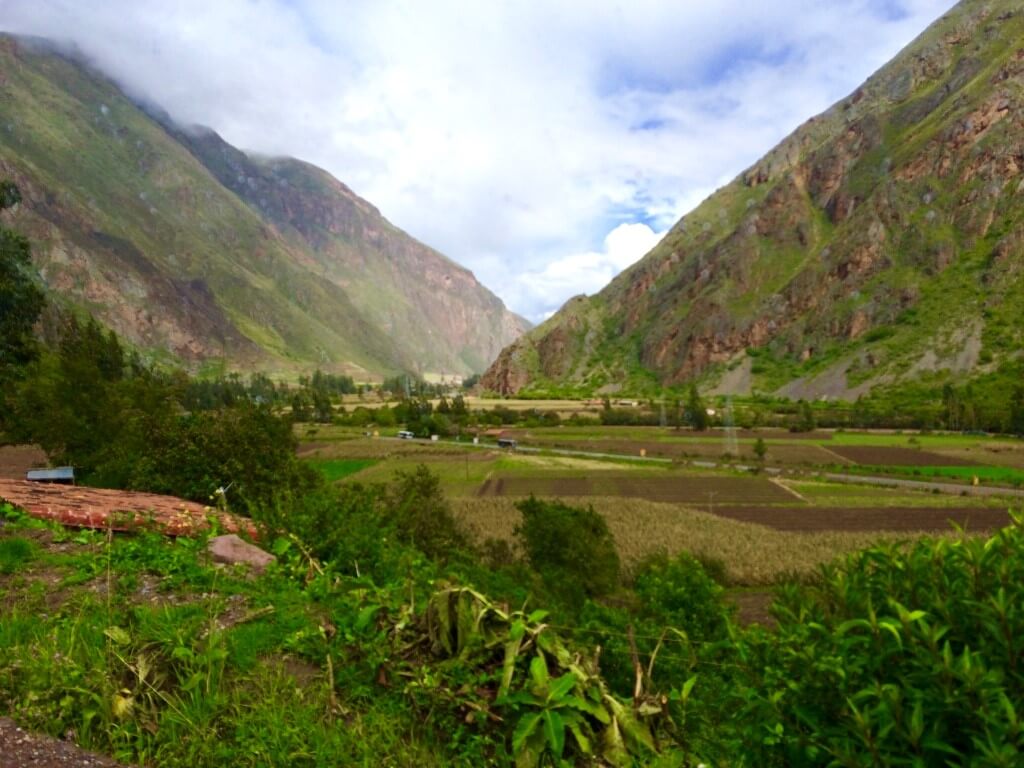
Get to Know 3 Top Pseudograins
Try to incorporate these top three pseudograins into your diet more often.
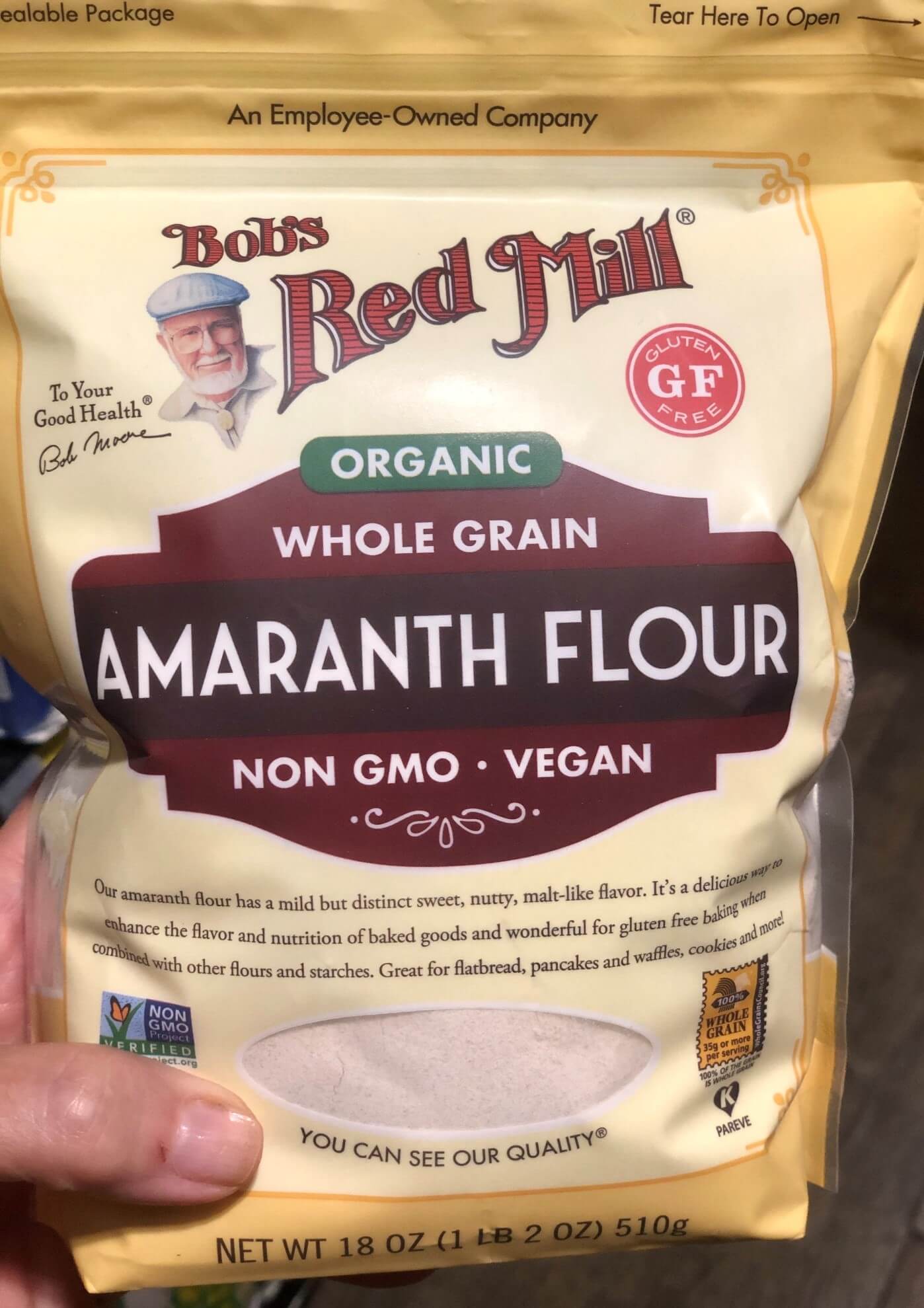
1. Amaranth. This plant food is similar to cereal grains, but is not in the grain family. The plant has been found in Central and South America, as well as China, dating back thousands of years. Three species of amaranth are grown today throughout the world, and the plant is known for its noticeable brightly colored leaves and flowers. Amaranth has been mentioned in ancient literature and called the “food of immortality” by the Aztecs, with good reason. This plant food is packed with nutrients: a one-cup cooked serving contains 20% of your daily fiber, 19% of daily protein, 40% of daily magnesium, and 100% of your daily manganese! It also contains lunasin, a peptide that has been shown to inhibit inflammation and have anti-cancer properties. To prepare amaranth as a side dish, cook one cup of amaranth with 1 ½ cups of water for about 20 minutes. Top it with grilled veggies and your favorite dressing as a great alternative to a grain bowl.

2. Buckwheat. This pseudograin is similar to grain, due to its appearance and nutritional profile, but it’s not actually related to wheat. Believe it or not, buckwheat is actually closer related to rhubarb than wheat! It is the only pseudograin known to have high amounts of rutin, an antioxidant. Rutin has been shown to enhance the body’s usage of vitamin C, enhance collagen production, and strengthen blood vessels to boost blood circulation. One cup of cooked buckwheat contains 11% of your daily protein and 18% of your daily fiber intake. You can cook up buckwheat to use as an intact grain in salads, soups, and pilafs, and use the ground flour in baked goods, such as my Almond Buckwheat Pancakes with Gingered Peaches.
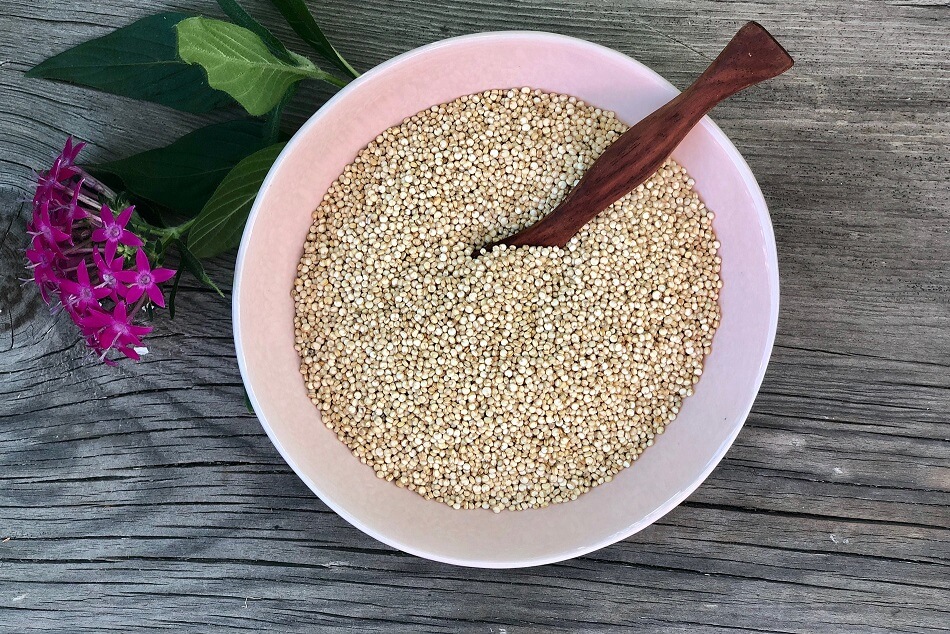
3. Quinoa. This seed has a texture similar to couscous, as you can see above. Quinoa is classified as a whole grain, and like other grains, it is rich in protein and fiber. Quinoa also contains iron, manganese, magnesium, folate, and zinc, so you can feel great about adding it to your diet. Quinoa is unique in that it is one of the few plant-based protein sources that offers a good balance of all essential amino acids. Quinoa can be tossed into a salad for a more filling protein boost, like my Pomegranate Avocado Quinoa Salad It’s easy to prepare—requiring only about 15-20 minutes to cook up. Cook quinoa with a water ratio of 1 cup quinoa to 1 ¾ cups water.

So, get to know pseudograins a bit better! They offer great nutritional value, and are simple and easy to prepare. They offer affordable, shelf-stable options in your plant-based diet, and are readily available at a plethora of natural food or online stores.
Written by Brooke Ellis, Dietetic Intern with Sharon Palmer, MSFS, RDN
Photos by Sharon Palmer, MSFS, RDN
For other guides on cooking with plants, check out some of my favorites:
How to Cook with Bitter Melon
How to Cook with Fresh Cranberries
How to Cook with Fresh Turmeric Root
How to Cook with Dragon Fruit


